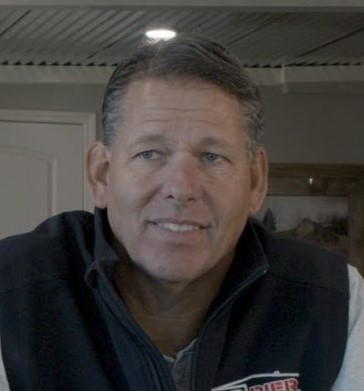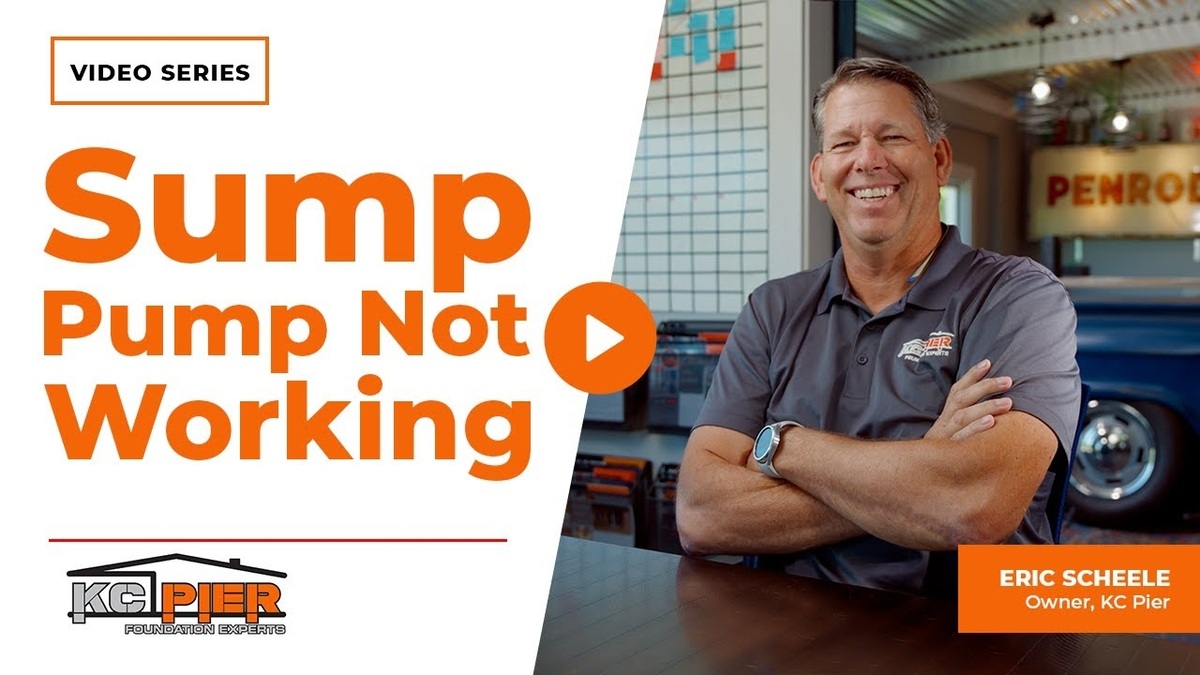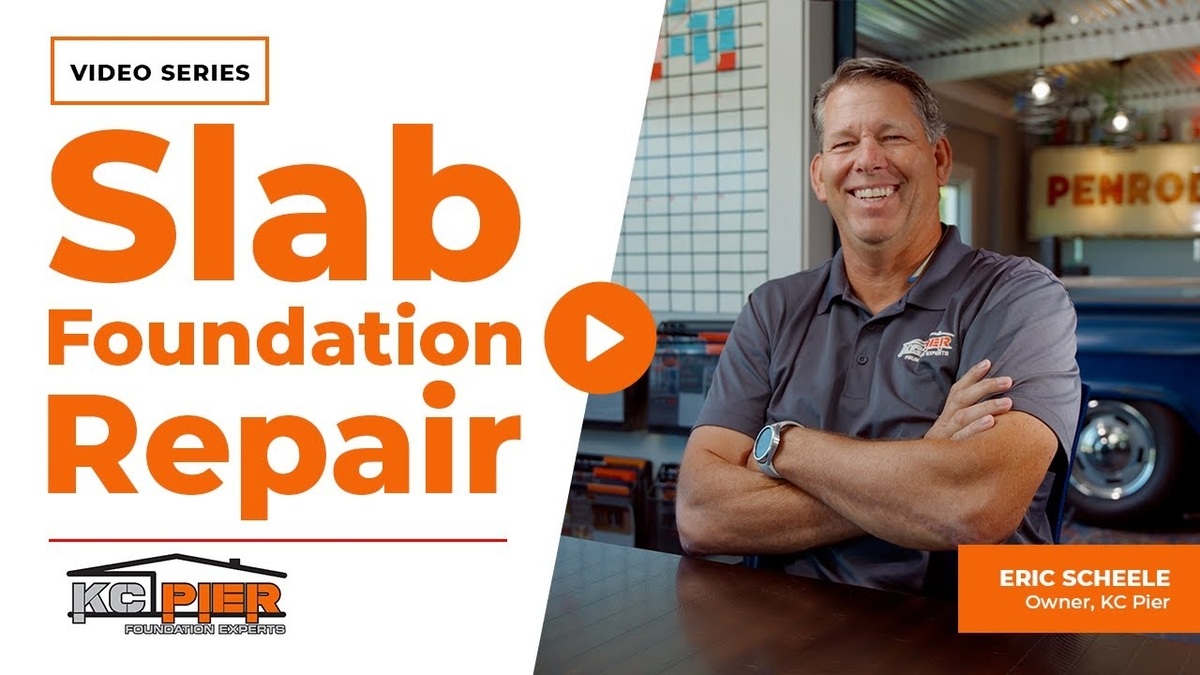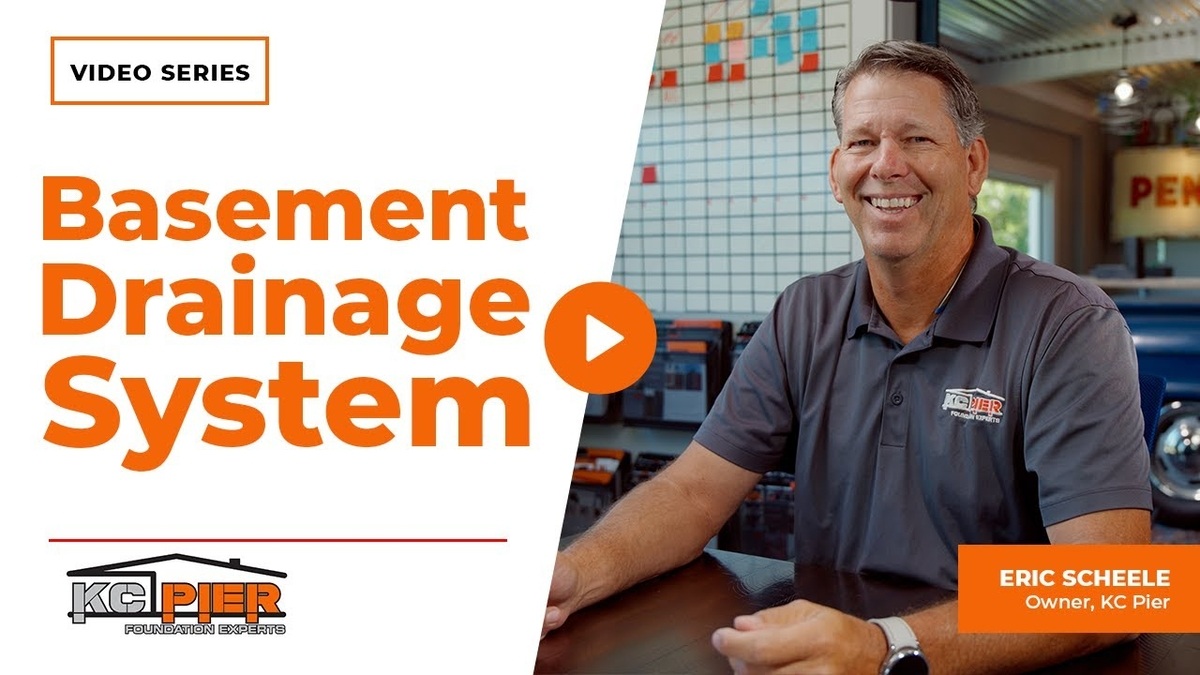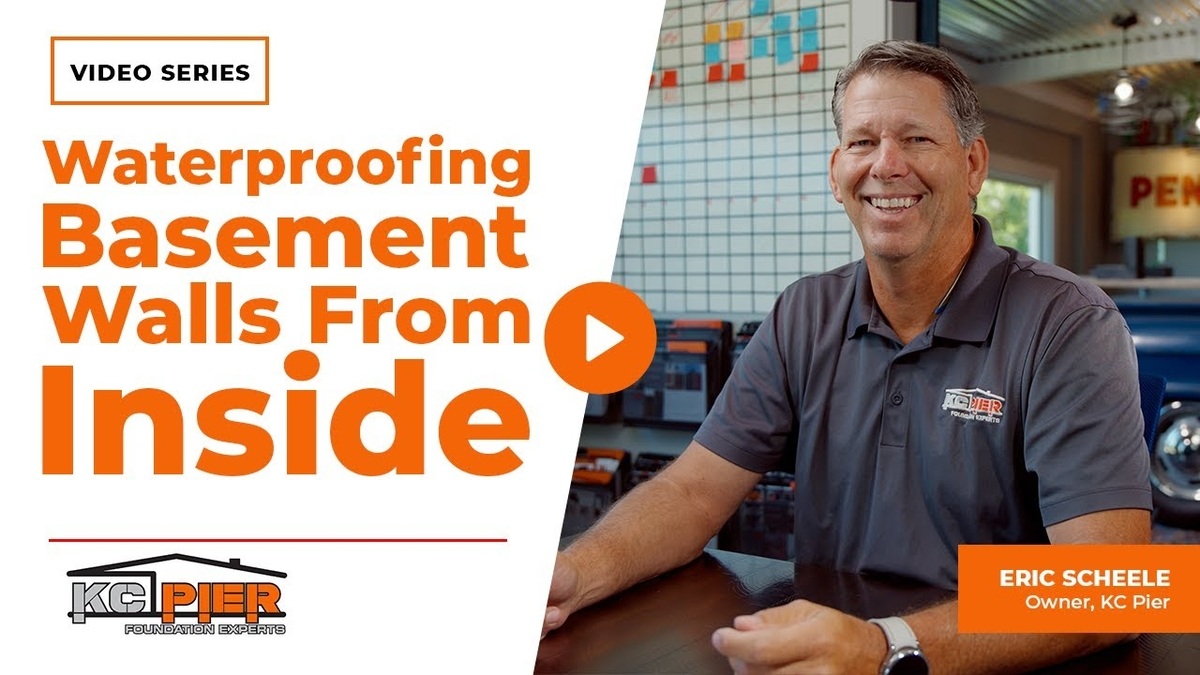Most mold problems in the crawl space trace back to moisture. Water finds paths through cracks, low grading, or vent openings. With warm, damp air trapped below, mold takes off quickly.
Wood framing, plus standing water and high humidity, create ideal conditions. A musty smell from the vents is usually the first clue. Jump on that signal early to avoid bigger repairs later.
What Are the Signs of Mold in Your Crawl Space?
You don’t need to see heavy growth to know there’s a problem. Start with these checks.
- Earthy, stale odor near returns, closets, or first-floor rooms
- Breathing issues that are worse indoors than outside
- Discolored joists, soft wood, or peeling wood fibers
- Streaks or patches on wood, block walls, or the paper face of insulation
- Condensation on ducts or pipes, damp insulation that sags
Pro Tip: If the smell lingers and you can’t locate it, look under the house. Moisture plus time is what drives mold, so fix the damp source first.
How Do Professionals Remove Mold From a Crawl Space?
Professional crawl space mold removal has two parts: a full cleanup and moisture control that Removing crawl space mold has two parts: a complete cleanup and control of the moisture that caused it.
A mold expert will:
- Inspect the crawl space and confirm where mold is present
- Use safe cleaners to remove mold from wood and other surfaces
- Treat the area to help prevent future growth
Cleaning alone doesn’t solve it. If the moisture source remains, the mold returns.
Want a pro to check it? Call KC Pier for a free consultation. We’ll inspect, talk through options, and help keep your home safe and dry.
How Do You Prevent Mold From Returning?
The best way to stop mold from coming back is to fully encapsulate the crawl space. This includes:
- Installing an interior drain along the crawl space footing
- Adding a sump pump to carry water away from the area
- Laying down a heavy-duty vapor barrier across the floor and walls
- Sealing all vents and cracks to block outside air
When done right, encapsulation traps soil moisture under the barrier so it can’t rise into the crawl space.
Why Add a Dehumidifier?
Even with encapsulation, some moisture can still get in. A crawl space dehumidifier helps by pulling that moisture out of the air. This keeps humidity low, which stops mold from growing again.
Key Takeaway: Full encapsulation with drainage, a sump pump, and a dehumidifier creates a long-term solution. Many systems last 25–30 years when installed correctly.
Is Crawl Space Mold Dangerous?
Yes. Mold can affect health and the structure. Breathing spores may spark allergy symptoms, and longer exposure raises the risk.
Mold also breaks down wood fibers. Joists and subfloors lose strength with time. If you smell musty air from the vents, look below and remove the moisture source, not just the stain.
In summary
Mold in a crawl space almost always starts with moisture. It might come from damp soil, small cracks, or vents left open. Once the air down there gets humid, mold spreads fast. A musty odor through the vents is often the first sign, and that smell doesn’t just fade away.
Cleaning it off helps for a short time, but the problem stays. If the air stays damp, the mold returns. The only real fix is better drainage, a sump pump that runs, sealing the space, and using a dehumidifier.
KC Pier offers free inspections; contact us today. We don’t just cover up the mold; we fix what caused it, so the crawl space stays dry and your home stays safe.

